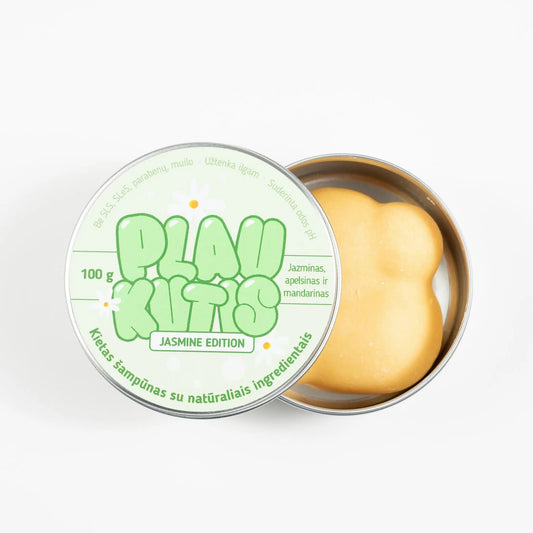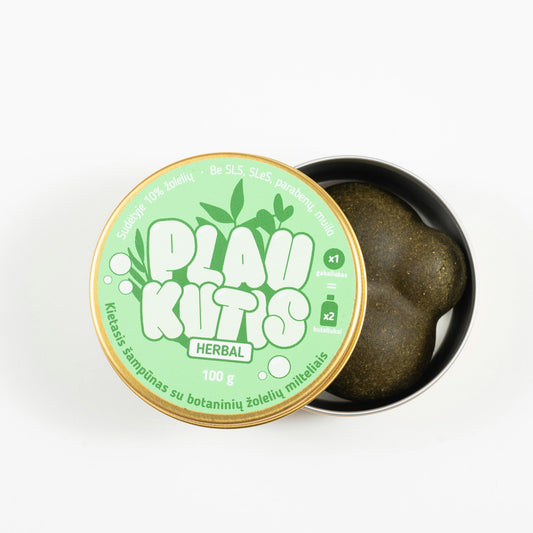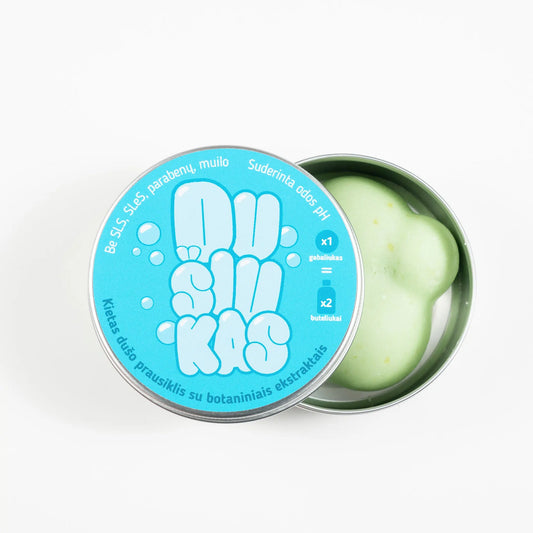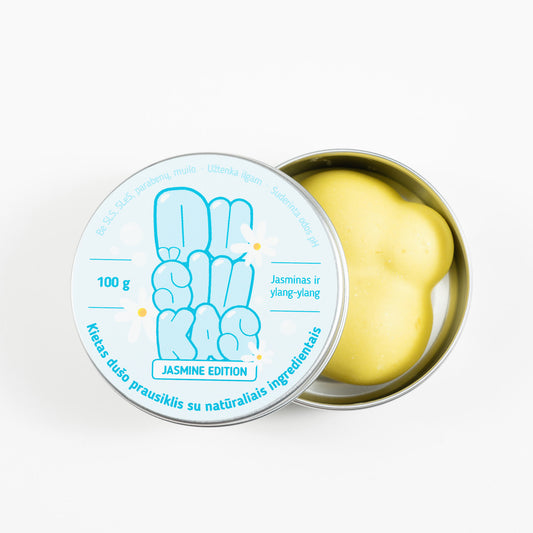Hair care is not only a part of beauty, but also an important part of our daily lives, especially when it comes to more complex hair types, such as curly or wavy hair. For many people, hair is a part of their identity, so proper care is essential to maintain healthy and beautiful hair. However, there are many myths about hair care that can be misleading and prevent you from achieving the desired results. In this article, we will discuss advanced hair care practices, with a special focus on curly and wavy hair (type 4), hair porosity, and debunk some of the most common myths.

Hair care routine for curly/wavy hair (type 4)
Washing
Washing your hair is an essential part of maintaining healthy hair, but for people with curly or wavy hair, the washing process can be a little more challenging. Curly hair is prone to dryness because it has a harder time distributing natural oils throughout the hair due to its structure. Therefore, washing your hair too often can further dry out your hair and lead to breakage.
Using gentle, hydrating shampoos is essential to help retain moisture in your hair. Co-washing (washing your hair with conditioner only) is also becoming increasingly popular as it helps retain moisture and gently cleanses your scalp. It is important to choose products that are sulfate-free, as these can further dry out your hair.
Conditioning
Conditioning is one of the most important steps in caring for curly and wavy hair. Heavy conditioners that provide intense moisture are essential. It is also recommended to use the LOC method (Liquid, Oil, Cream) - a technique that helps to retain moisture in the hair for a long time. This method is especially suitable for curly hair, which tends to lose moisture faster than straight hair.
When conditioning, it is important to ensure that the product is evenly distributed throughout the hair, paying special attention to the ends of the hair, which are usually the driest part of the hair.
Formation
Styling curly hair can be a challenge, but with the right tools and techniques, you can achieve great results. Protective hairstyles like braids or updos are a great way to protect your hair from damage and reduce mechanical stress that can lead to breakage.
It is important to avoid hot styling tools such as straighteners or curling irons, as they can damage the hair structure. Instead, it is recommended to use natural styling tools such as butters, creams and oils, which help retain moisture and add shine to the hair.
Special tips
To prevent hair breakage, it is important to keep your hair moisturized and avoid using mechanical styling tools too often. Getting regular haircuts also helps prevent split ends and keeps your hair healthy. Additionally, protective hairstyles like updos or box braids not only help keep your hair moisturized, but also reduce the risk of damage.

Specific hair care recommendations based on porosity
Low porosity hair care
Low porosity hair has a denser cuticle, making it harder for it to absorb moisture and products. This means it can be difficult to achieve a moisture balance in your hair. It’s important to use clarifying shampoos, which remove product residue and allow your hair to better absorb moisturizers.
Heat treatments, such as steam baths or heat wraps, can also help open the hair cuticle and allow products to better absorb into the hair.
Medium porosity hair care
Medium porosity hair tends to absorb and retain moisture easily, but care should be taken to avoid using too many products that can clog the hair. It is recommended to use a balanced combination of products that maintain moisture levels without weighing the hair down.
Regular use of deep conditioners will help retain moisture in your hair and protect it from damage, especially if you use hot styling tools frequently.
High porosity hair care
High porosity hair tends to absorb moisture quickly, but it also loses it quickly. Therefore, the main goal is to lock moisture in the hair. It is important to use products that provide long-lasting protection, such as protein masks and oils.
Protein treatments help strengthen the hair structure and fill in damaged areas, which reduces moisture loss. It is also recommended to avoid chemical treatments and frequent heat use, as these can further damage the hair.

The most common hair care myths and misconceptions
Myth busting
There are many myths about hair care that can be misleading and prevent you from taking proper care of your hair. One of the most common myths is that frequent shampooing is necessary for healthy hair. In fact, frequent washing can dry out your hair, especially if you use harsh shampoos with sulfates.
Another myth is that natural products are always better. While natural ingredients can be beneficial, it's important to pay attention to the entire product composition, as even natural products can cause allergic reactions or be too harsh for certain hair types.
It is also often believed that cutting your hair helps it grow faster. While cutting your hair helps get rid of split ends and gives your hair a healthier appearance, it does not affect the rate at which your hair grows, which is genetically determined.
Understanding product labels
Product labels are often filled with complex terms and ingredient names that can be difficult to understand. However, knowing how to read labels can make it easier to choose the right products for your hair type and needs.
It is important to pay attention to the main ingredients at the beginning of the list, as they make up the largest portion of the product.
Conclusions
In conclusion, proper hair care requires an individual approach, taking into account hair type and porosity. It is important to choose the right products and methods that will help maintain moisture, strength and health of the hair. It is also worth knowing the most common myths about hair care so that you can make informed decisions and avoid mistakes.
Ultimately, hair care should not only be about appearance, but also about hair health. With the right habits and knowledge, you can ensure that your hair stays strong, healthy, and beautiful, regardless of any myths or misconceptions.













